How a street artist is changing the face of this ancient Russian city (PHOTOS)
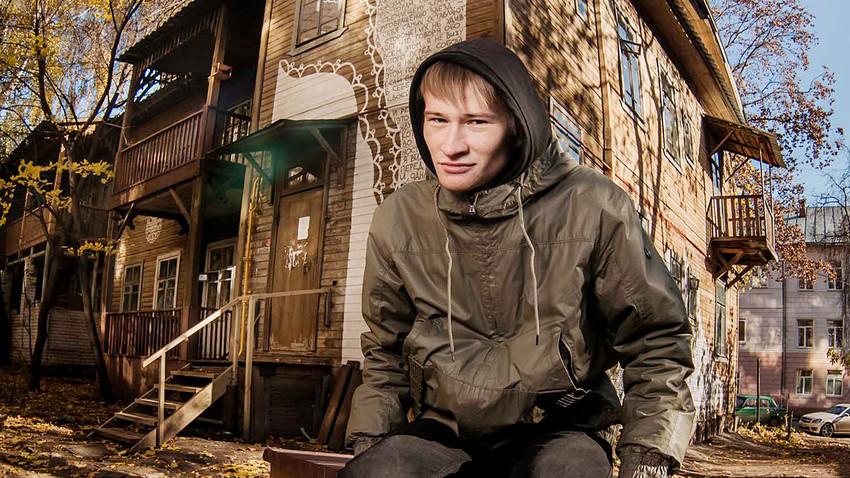
Street artist Artem Filatov
Valeriy ShibanovArtem Filatov is 27, and he yearns to save his hometown of Nizhny Novgorod, a large industrial city 600 km east of Moscow. No, not the fresh and spruced up Nizhny we saw during the World Cup, with its immaculate postcard views enjoyed by thousands of foreign visitors. The Nizhny Filatov wants to save is the forsaken kind - the one you see once you turn a street corner into an alleyway. There, a stone’s throw from all the hustle and bustle of the mainstream, hide tiny wooden houses, snidely referred to as “
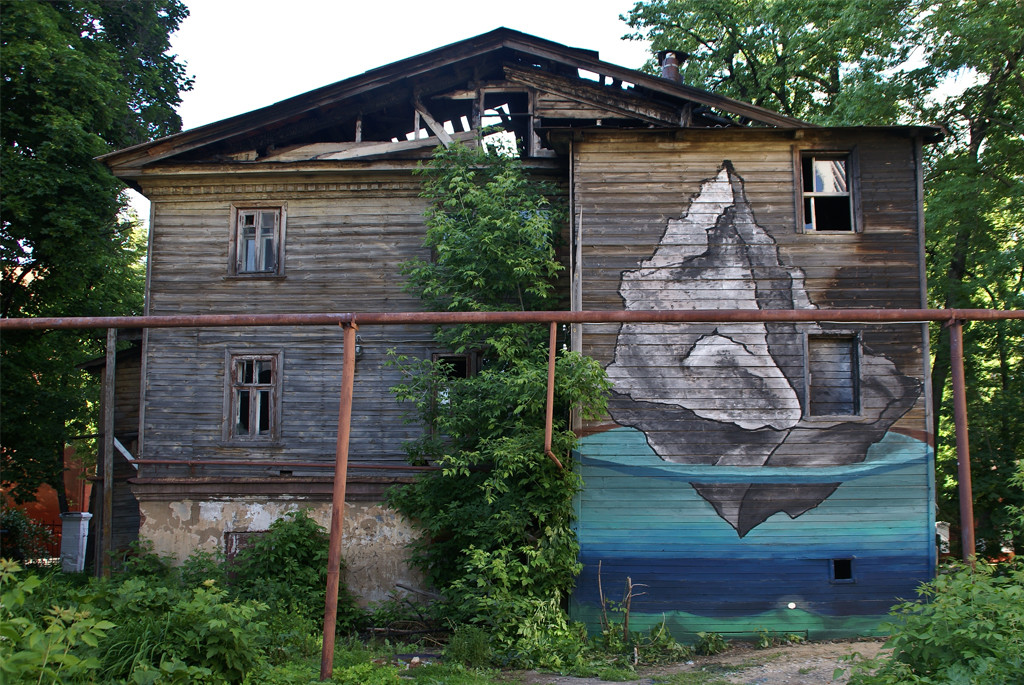
Artem Filatov. From 'Stones and rocks' series, 2011
Personal archive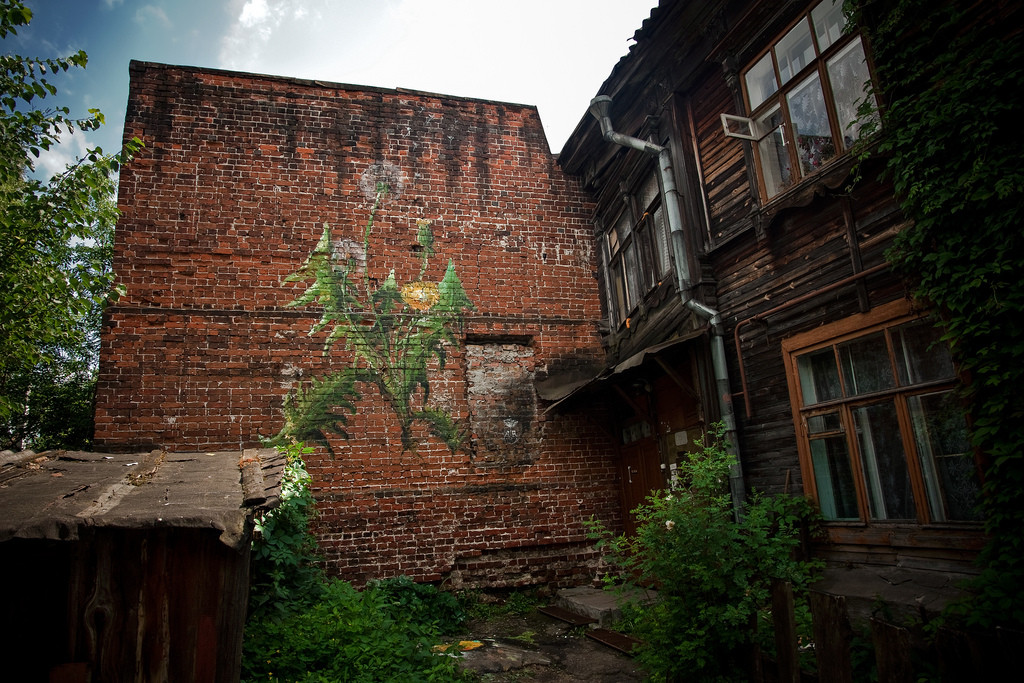
Artem Filatov. Dandelion, 2013
Personal archive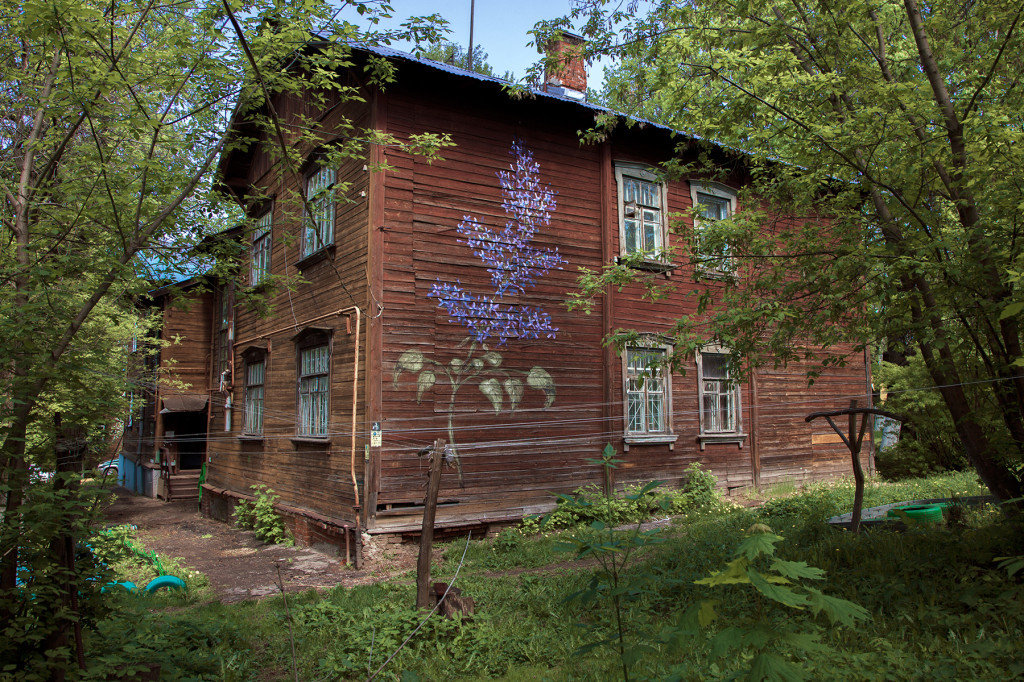
Artem Filatov. Syringa, 2015
Personal archiveAlternate landmarks
It all started with a street art festival Artem set up with the help of a non-profit organization he’d worked with. The country’s best artists descended on Nizhny Novgorod to give its old buildings a classical renewal. To Artem’s surprise, a very large number of Nizhny dwellers answered the call. As it turns out, they didn’t share the city’s view that the buildings were in disrepair and, on the contrary, wanted to preserve history while proudly presenting the new creations as alternate landmarks
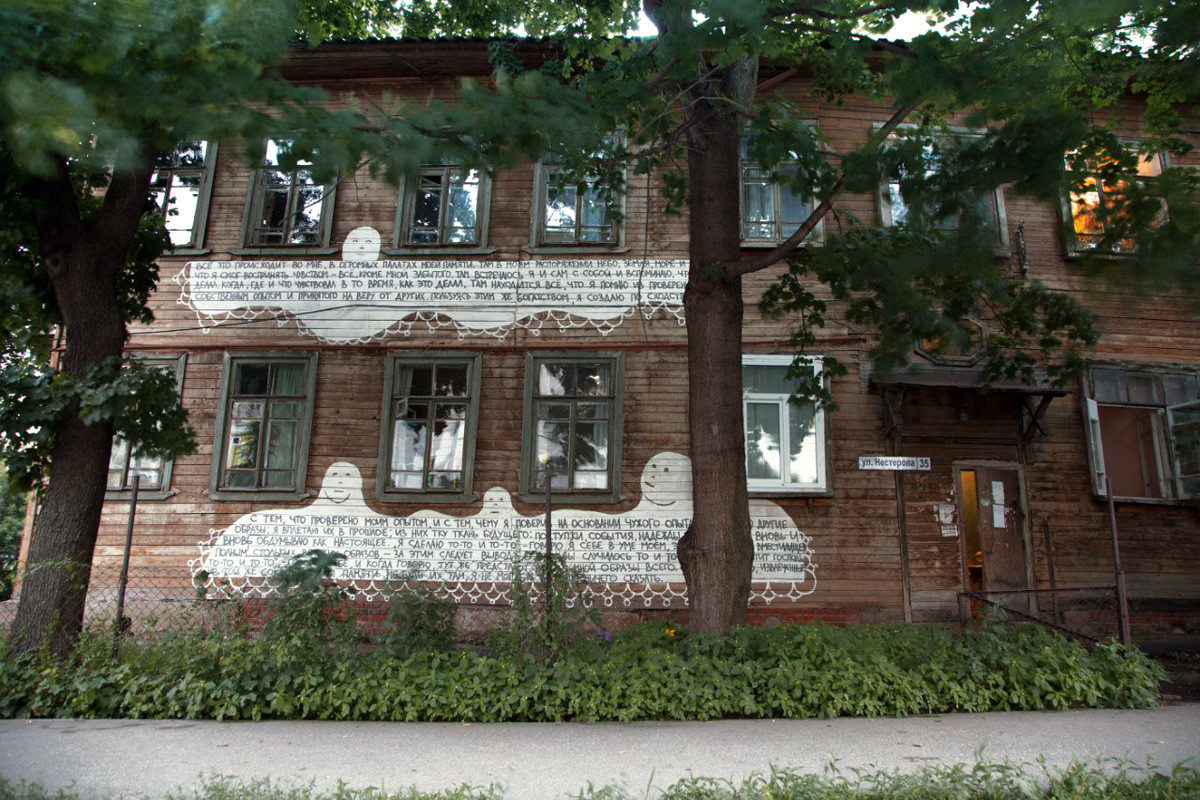
Collaboration of street artists Timofej Radya from Yekaterinburg and Stas Dobry from Moscow 'Laces of memory,' 2015
Olesya Filatova/“New City: Ancient” festivalOrganizers would have to meet with tenants individually to obtain permits.
“When I was born in 1943, I was brought home and laid on that bed,” Tatyana Rukavishnikova-Novikova, a resident, told the organizers. “My whole life I’ve
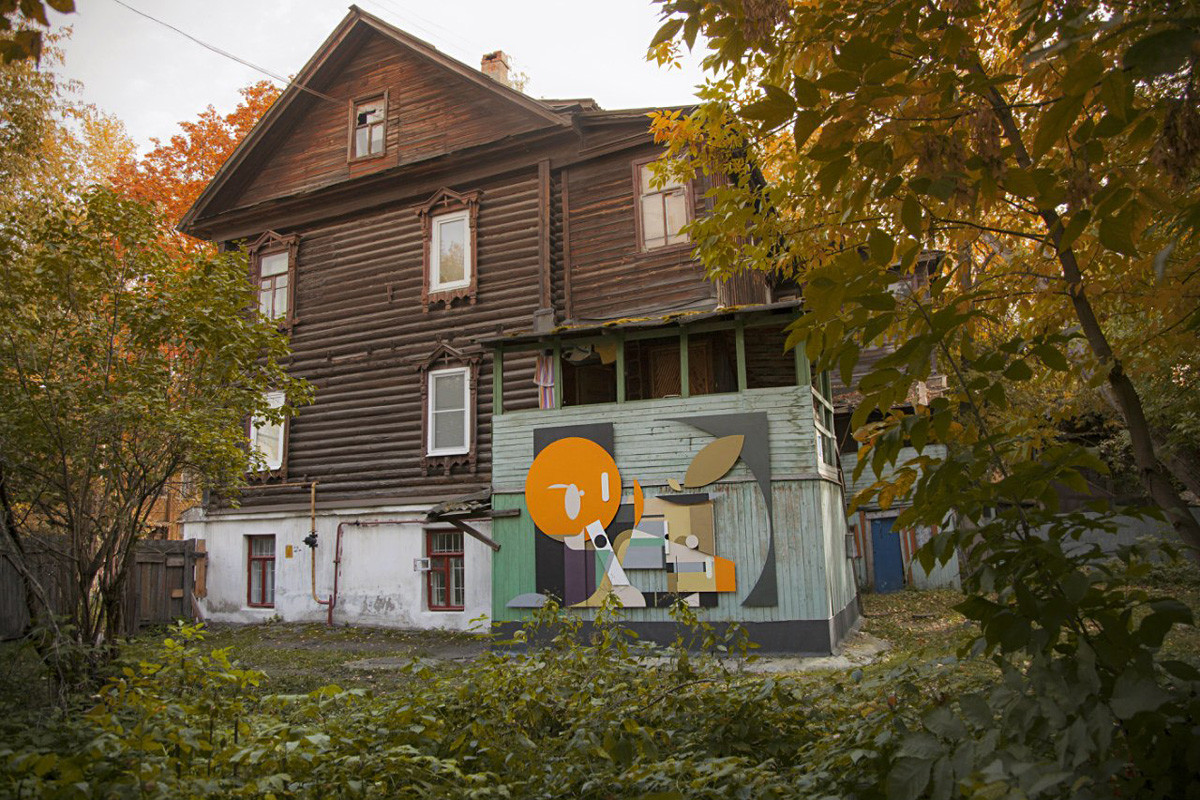
Work of Alexei Luka, street artist from Moscow, 2014
“New City: Ancient” festivalAnother tenant, Yury Kulikov, said that “My home is the brightest thing in my life. I even used to get nightmares that I lost my way and couldn’t find it.”
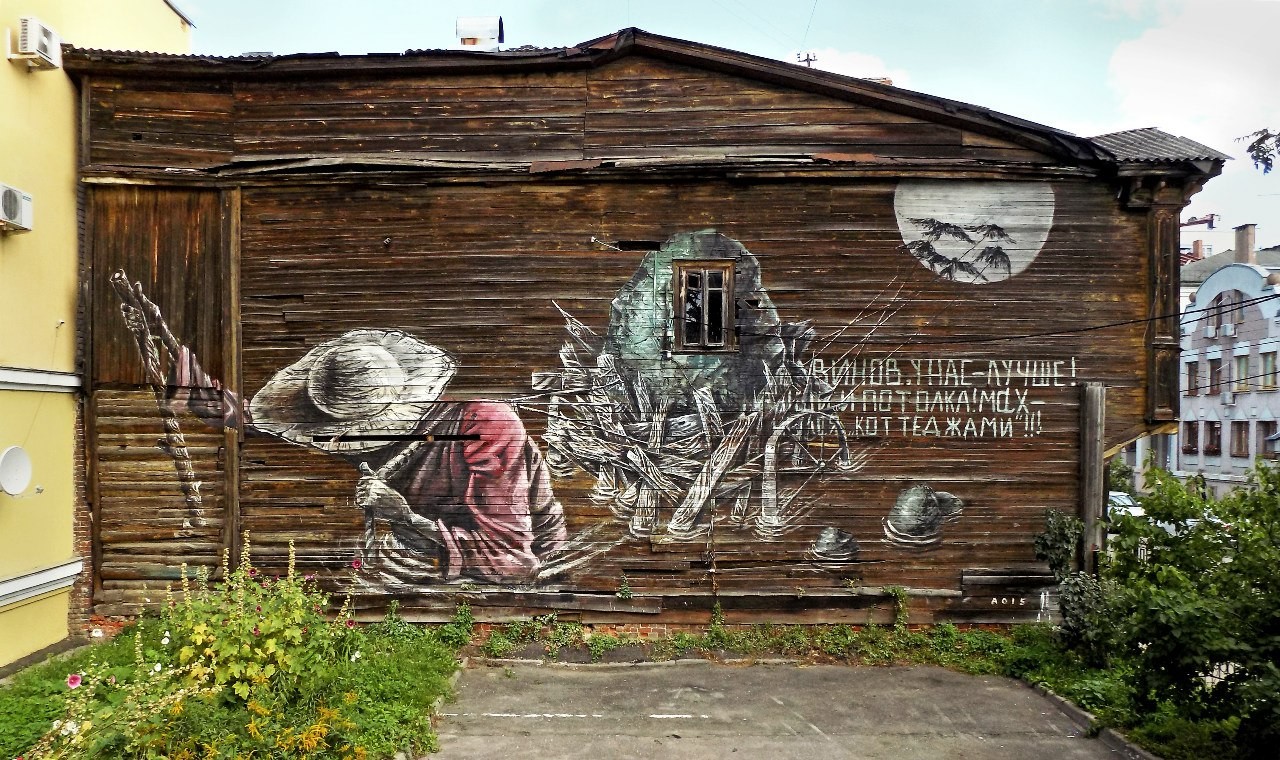
Work of Andrei Olenev, street artist from Nizhny Novgorod, 2015
“New City: Ancient” festivalThe fact that these residents happened to be really politically active was a huge help to Artem in overcoming bureaucratic hurdles and ensuring that everything was according to law.
“Warm Walls” documentary tells the story of the street art festival.
'Back Home'
Artem had decided to go further than transforming select houses. Having found a rundown wooden house downtown - which used to belong to the Nizhny Novgorod Intelligentsia Museum - he set about returning it to life. “The building was abandoned, there wasn’t even power,” he remembers
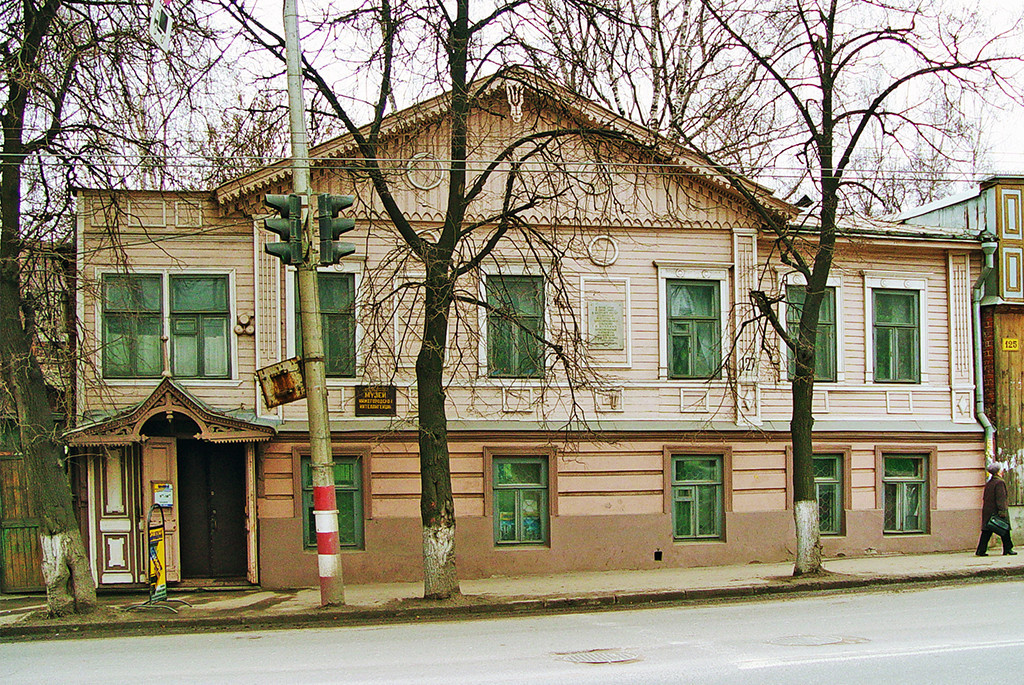
Nizhny Novgorod Intelligentsia Museum
Artem FilatovThe exhibit, titled “Back Home”, dealt precisely with the issue of reconceptualizing old urban spaces. It was a huge success, even earning a large prize for “Innovation” as the best regional project of 2017
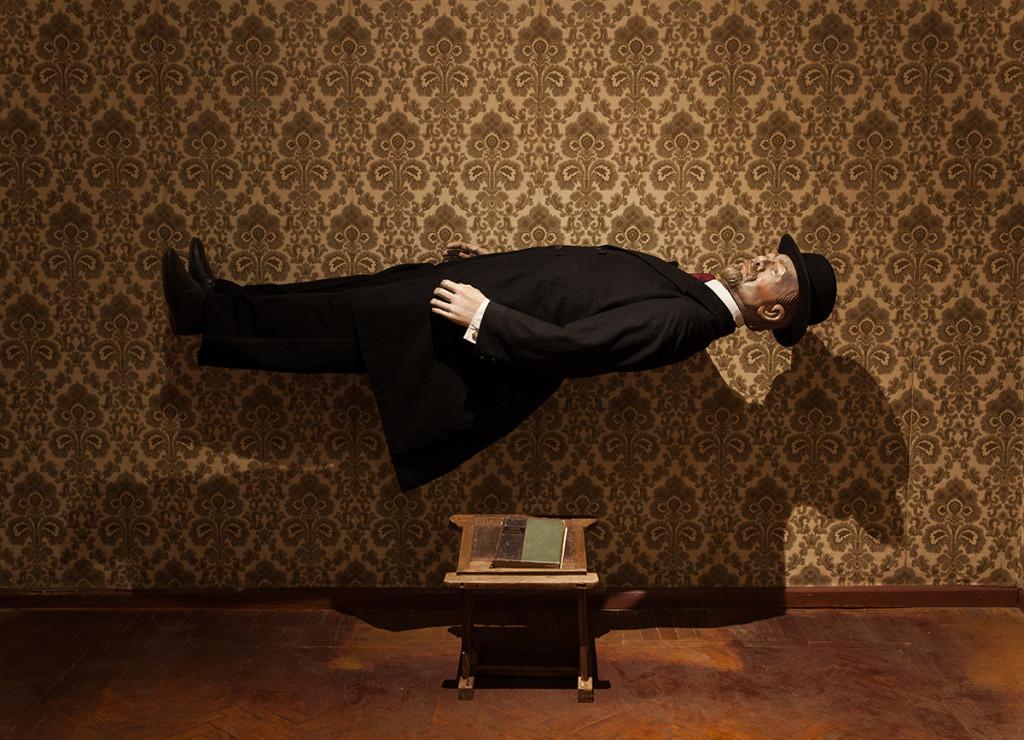
'Back Home' exhibition at Nizhny Novgorod Intelligentsia Museum
Artem Filatov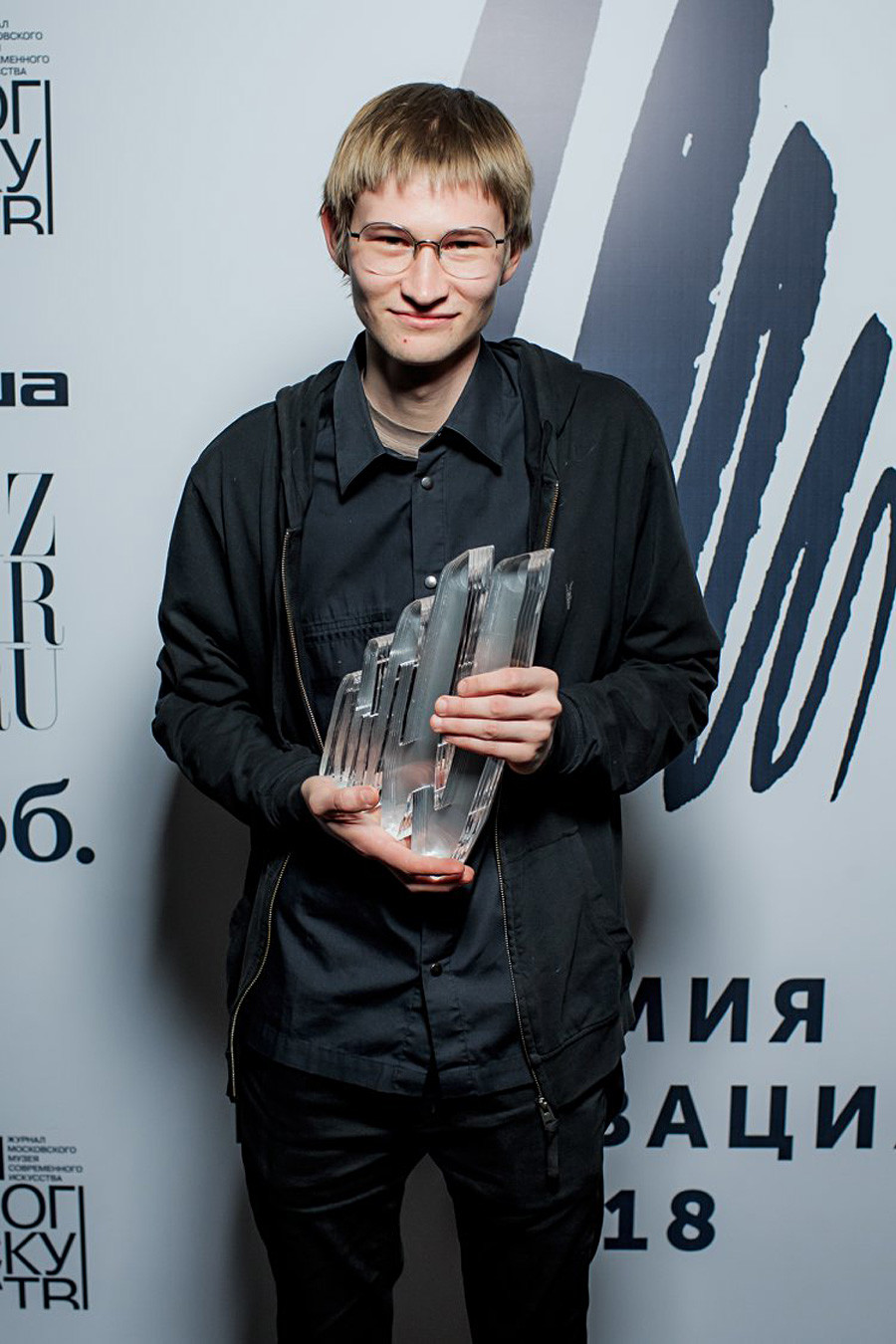
Artem Filatov
Art Innovation PrizeAn exhibit at the crematorium
At present, Artem is fully taken up with preparations for an upcoming exhibit at an unusual place - the new private crematorium in town. Part of that involved seriously researching cremation.
“I proposed an exhibition that would tackle the subject of the final send-off, how a person is remembered and how the results of their life are summarized. It’s a good chance to touch on this often taboo subject,” Artem believes.
Read more: Nizhny Novgorod from postcards to
If using any of Russia Beyond's content, partly or in full, always provide an active hyperlink to the original material.
Subscribe
to our newsletter!
Get the week's best stories straight to your inbox